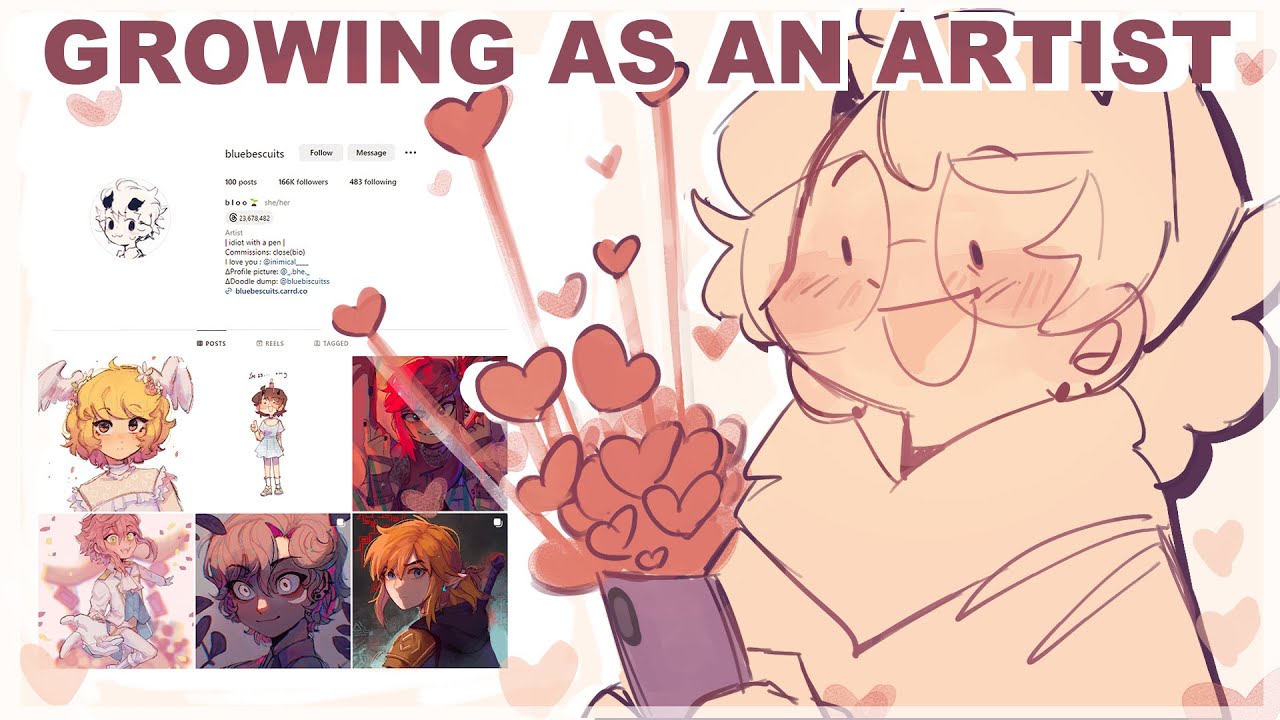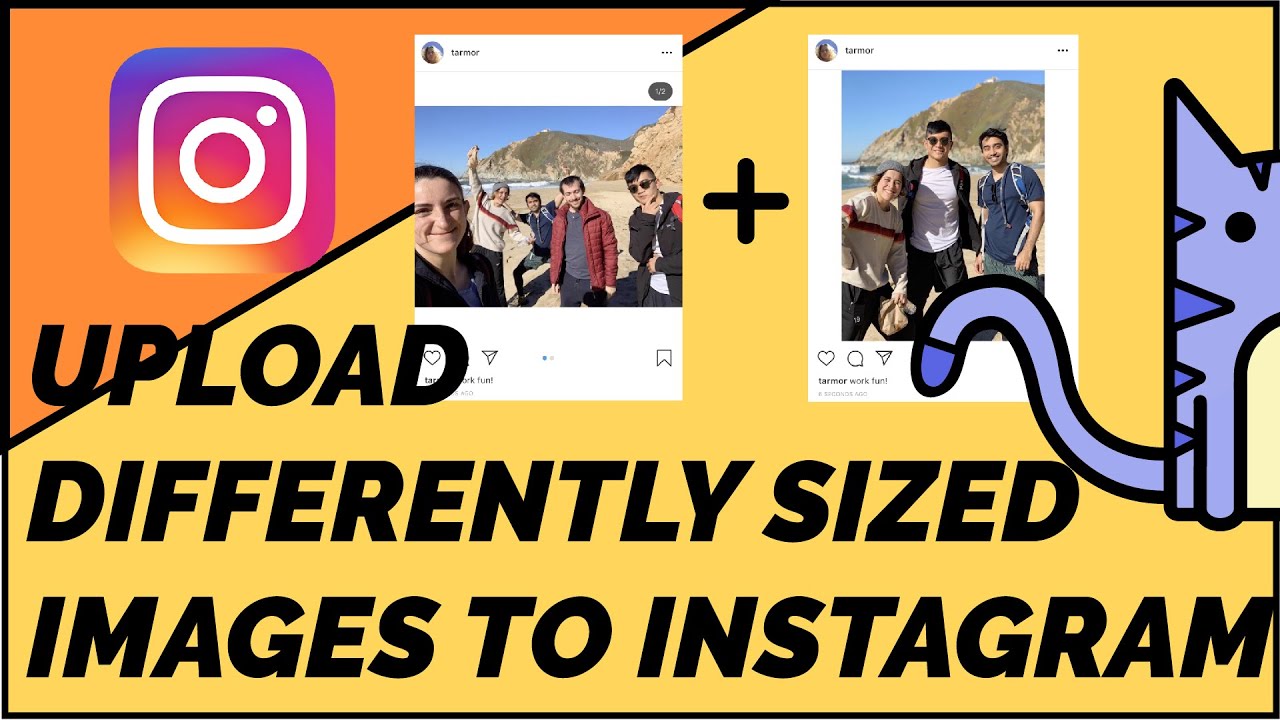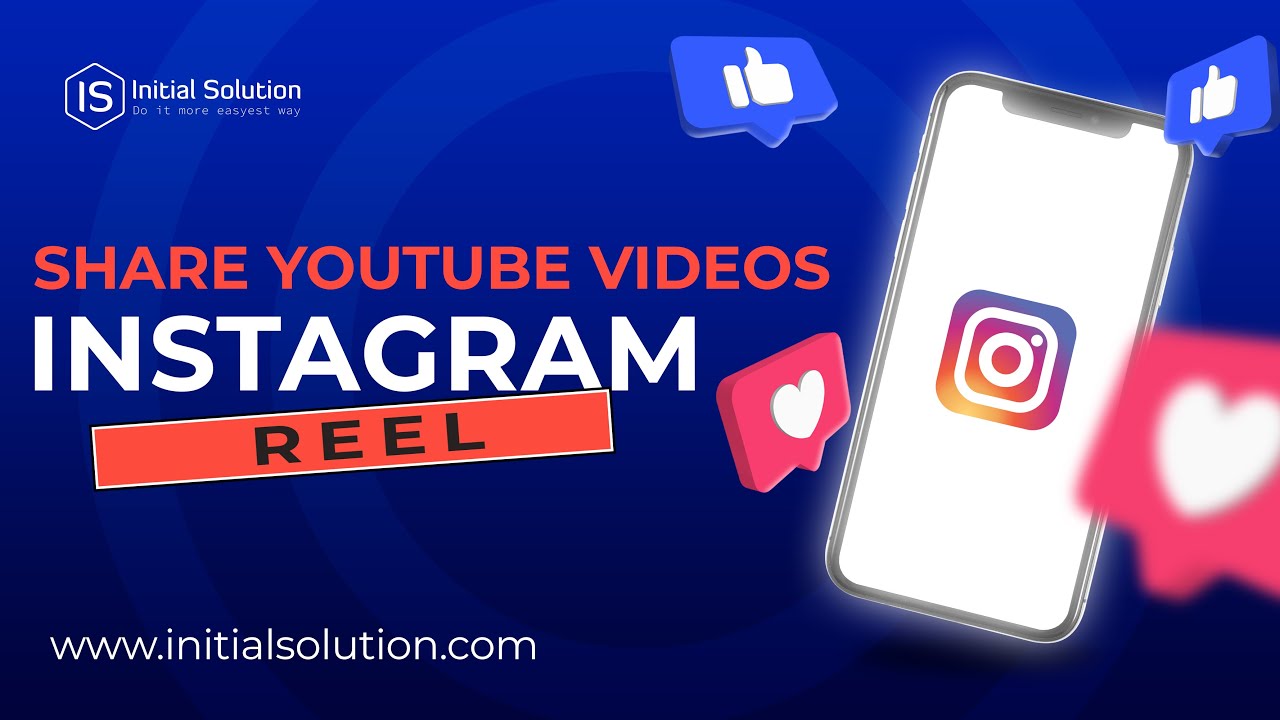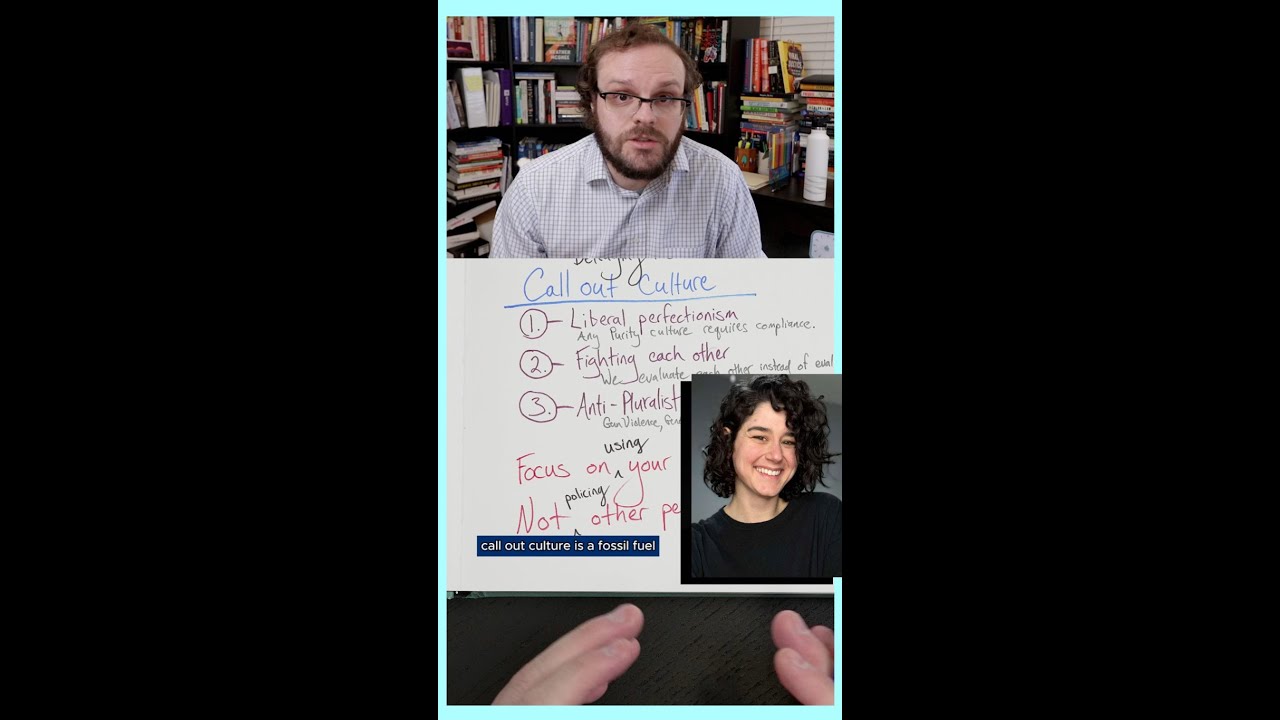How to start an art instagram account: tips for artists to grow and engage their audience

In today’s digital age, social media plays a vital role in the success of artists wanting to establish their personal brand and connect with art enthusiasts worldwide. Instagram, being one of the most visual-centric platforms available, offers an incredible opportunity for artists to showcase their work, build an audience, and engage with followers. This article aims to provide comprehensive guidance on launching your **art Instagram account** effectively. If you are an artist seeking to navigate this platform successfully, you’re in the right place.
Understanding Your Niche in the Art World
Before diving into the specifics of creating and managing an art Instagram account, it’s essential to have a clear understanding of your artistic niche. Defining your niche will help you attract the right audience and create engaging content that resonates with them.
Identifying Your Style
Recognizing your unique style and artistic voice is key. Consider the following points:
- Medium: What type of art do you create? Painting, digital art, photography, sculpture?
- Theme: Are your works centered around specific themes or subjects?
- Color palette: Do you lean towards vibrant colors, muted tones, or monochrome schemes?
When you pinpoint these aspects, it becomes easier to craft your content and essentially communicate your story to your audience.
Researching Your Audience
Understanding your potential audience is fundamental. Perform research to identify who would be interested in your art. Consider:
- Age group
- Interests and preference in art
- Geographical location, as some audiences might be more prevalent in certain regions
Engaging content designed for your target audience will not only foster growth but also keep them engaged.
Setting Up Your Profile for Success
After delving into your niche, it’s time to create your profile. This is where you will make a lasting first impression.
Choosing the Right Username
Your username serves as your brand name on Instagram, making it essential to choose one that is memorable and relevant to your art. Keep these tips in mind:
- Make it simple and easy to spell.
- Incorporate key terms related to your artistic style or medium.
- Avoid using too many numbers or special characters.
Crafting an Engaging Bio
Your bio must convey your artistic identity succinctly. Include information that showcases your work, such as:
- Your location (if relevant),
- A brief summary of your artistic focus,
- A touch of personality that makes you relatable.
Utilize emojis to add flair and make your bio visually appealing.
Selecting an Attractive Profile Picture
Your profile picture is the first visual cue potential followers will see. Use an image that represents your brand, such as:
- A logo or personal artwork,
- A professional photograph of you in action,
- Anything that encapsulates your artistic essence.
Ensure that the image is clear and recognizable, even at smaller sizes.
Curating Content That Connects
Content is king when it comes to maintaining a robust Instagram presence. Artists need to create and share **high-quality images** that reflect their work while building a consistent aesthetic.
Quality Over Quantity
Prioritize sharing high-resolution images that showcase your art in the best light. Invest time in photography, ensuring your artwork is well-lit and properly captured. Here are a few tips for great visuals:
- Use natural lighting,
- Experiment with angles and backgrounds,
- Consider editing tools to enhance images while keeping them realistic.
Remember, your feed should act as an **artistic portfolio**, reinforcing your creative vision.
Crafting Engaging Captions
Pair your visuals with compelling captions. Captions can serve various purposes, from sharing the **inspiration behind a piece** to telling a story. Consider incorporating:
- Personal reflections,
- Questions to prompt engagement,
- Relevant hashtags to boost discoverability.
Using Stories and IGTV
Instagram stories and IGTV allow for different dimensions of interaction with your audience. Use stories to:
- Share behind-the-scenes looks at your art process,
- Post updates on upcoming events or exhibitions,
- Engage with your audience through polls and questions.
IGTV can be valuable for posting longer videos about your techniques, tutorials, or curated conversations about your work.
Growing Your Audience Organically
With your profile set up and content being posted, focus shifts to organic audience growth. There are several key strategies to enhance your visibility on the platform.
Engage With Your Community
Engagement is vital in nurturing an audience. Here’s how to do it:
- Respond to comments on your posts promptly,
- Follow other artists and art enthusiasts,
- Like and comment on their work genuinely.
Building relationships can lead to cross-promotion opportunities and community support.
Hashtags help categorize your content and allow users interested in specific themes to discover your work. Here are the types of hashtags to consider:
- General art hashtags: #Art, #ArtistsOnInstagram
- Specific medium hashtags: #DigitalArt, #OilPainting
- Location-based hashtags: #NYCArtists, #LondonArtScene
Limit your hashtags to around 10-15 per post to avoid overwhelming your audience.
Collaborate With Other Artists
Collaboration can significantly enhance your reach. Consider:
- Guest posts or shared projects with fellow artists,
- Participating in art challenges that encourage collaboration,
- Organizing giveaways that require users to follow both accounts to enter.
Such initiatives foster a sense of community while expanding your audience base at the same time.
Analyzing Performance and Adjusting Strategies
Monitoring your account’s performance is essential in understanding what works and what doesn’t. Use Instagram Insights to track your engagement metrics, audience demographics, and more.
Understanding Metrics
Key metrics to track include:
- Engagement Rate: The level of interaction your posts receive.
- Follower Growth: How quickly your audience increases over time.
- Reach and Impressions: The number of unique users who see your content and the total count of views.
Analyze this data regularly to help inform your content strategy.
Experimenting with Content
Be open to trying new formats and types of content. Consider changing:
- Post types (e.g., carousel posts vs. single images),
- Posting times (to identify when your audience is most active),
- Engagement strategies (change up your call-to-actions in captions).
Collect data from these experiments and adjust accordingly for optimal audience engagement.






